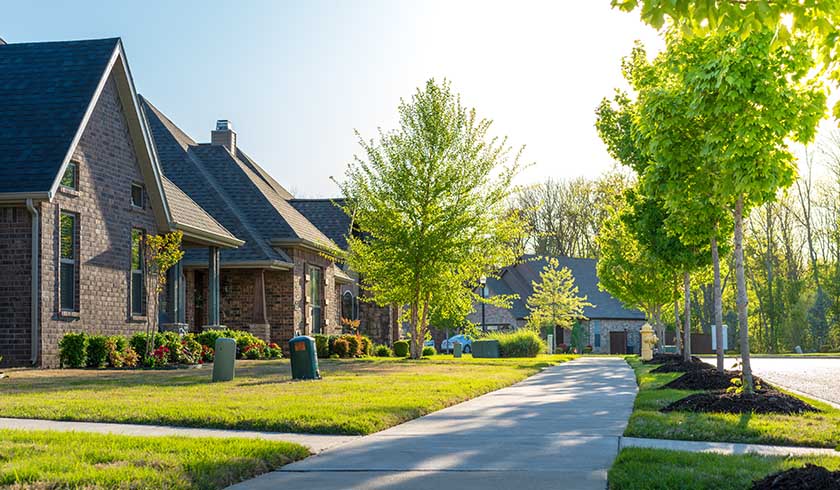3 major property price changes in 2022 v 2021
Record increases in the price of property look to be a thing of 2021, but slowed growth isn’t the only element defining 2022.

PropTrack economists recently dug into the latest data released in their Home Price Index to uncover the three biggest differences between residential sales this year versus last year.
- Momentum has slowed across the board
While no one expected a repeat of 2021’s staggering price increases, 2022 has recorded a substantial change of pace.
In the year to October last year, prices grew at close to 25 per cent, which was the fastest pace for more than 30 years.
PropTrack’s economists Angus Moore and Paul Ryan explain that in the current year to March, the rate of price growth had dropped to 18 per cent across the country. Perth and Melbourne, notably, saw decreases during the month.
The March 2022 growth rate has now slowed to the level last recorded in May 2020, in the earliest days of the pandemic, of just 0.3 per cent.
- Price growth in capital cities has fallen back faster than in regional areas
When it comes to the difference between capital and regional markets, the PropTrack economists say that 2022 has exacerbated a 2021 trend.
“Regional areas continue to outperform capital cities — and the gap has widened,” they noted.
“As the pandemic took hold, lockdowns and remote work simultaneously made cities less desirable and regional areas more sought-after. This trend persists in the housing market in 2022, and with capital city price growth slowing faster than regional price increases, it looks to continue for some time yet.”
While, in March 2021, regional areas were growing 4.8 per cent faster than metropolitan areas, that figure now sits at 9.1 per cent and is continuing to rise.
- Houses are still growing faster than units, but the difference has narrowed
Since the onset of the pandemic, house price growth has greatly outpaced that of units — an anomaly given that the two typically align.
“In late 2021, annual house price growth was more than 14 percentage points higher than for units — 27 per cent year-on-year versus 13 per cent year-on-year for November 2021 respectively,” PropTrack’s experts reported.
But a reduced demand for inner-city units due to closed borders and a preference shift towards larger dwellings brought about a big divergence between the performance of houses and units.
It’s too soon to say whether these two markets will return to status quo in the future, but in 2022, the gap is certainly constricting.
While, in March 2021, the growth rate difference between the two markets sat at 11.4 per cent, it has now dropped back to 10.2 per cent after reaching a high of 14.2 per cent in September 2021.

